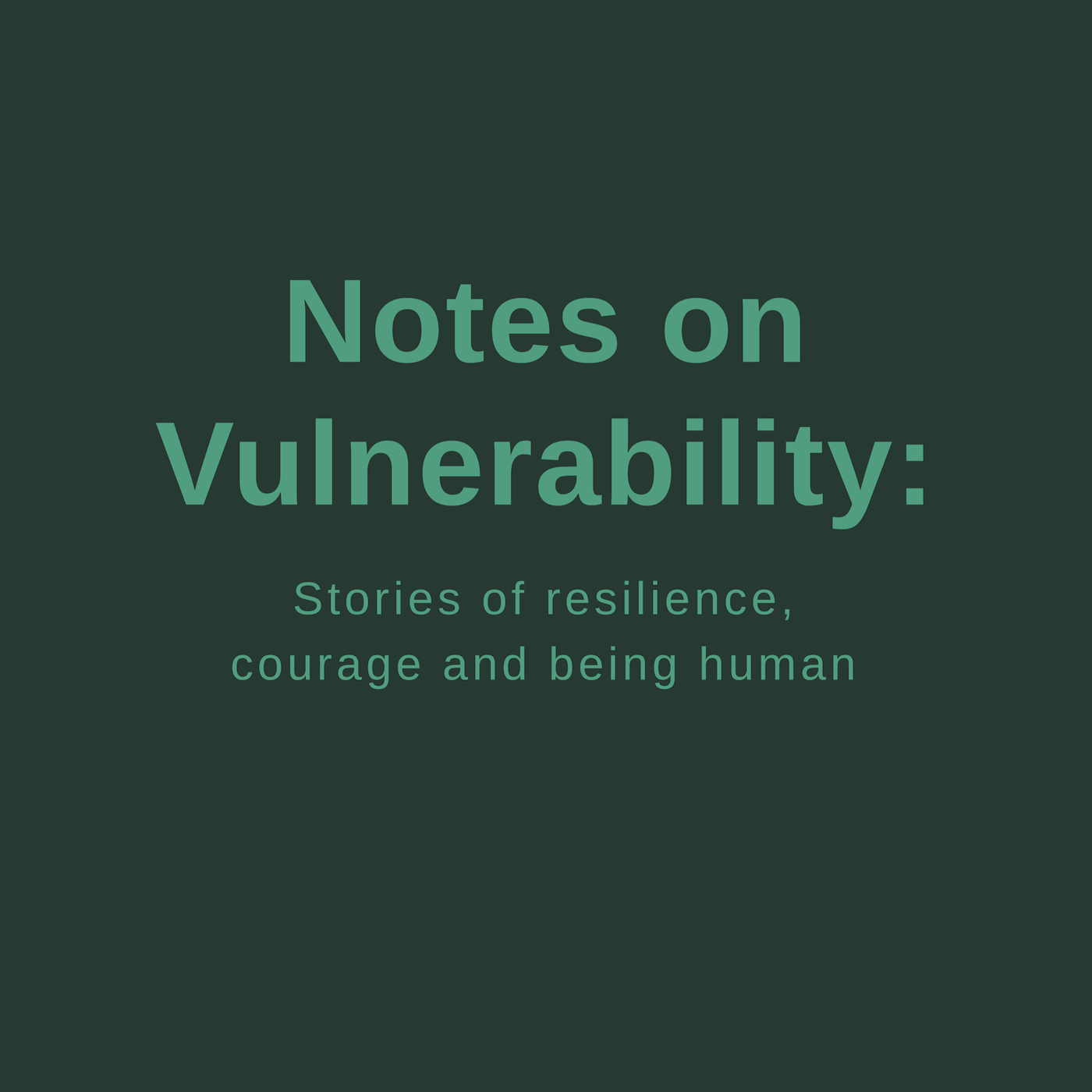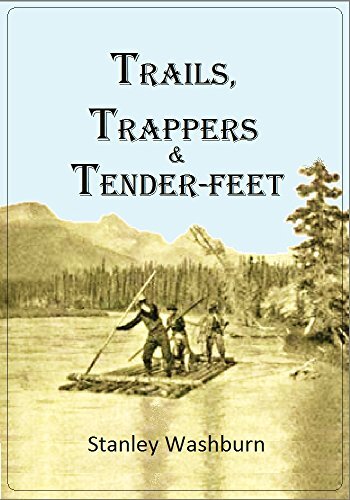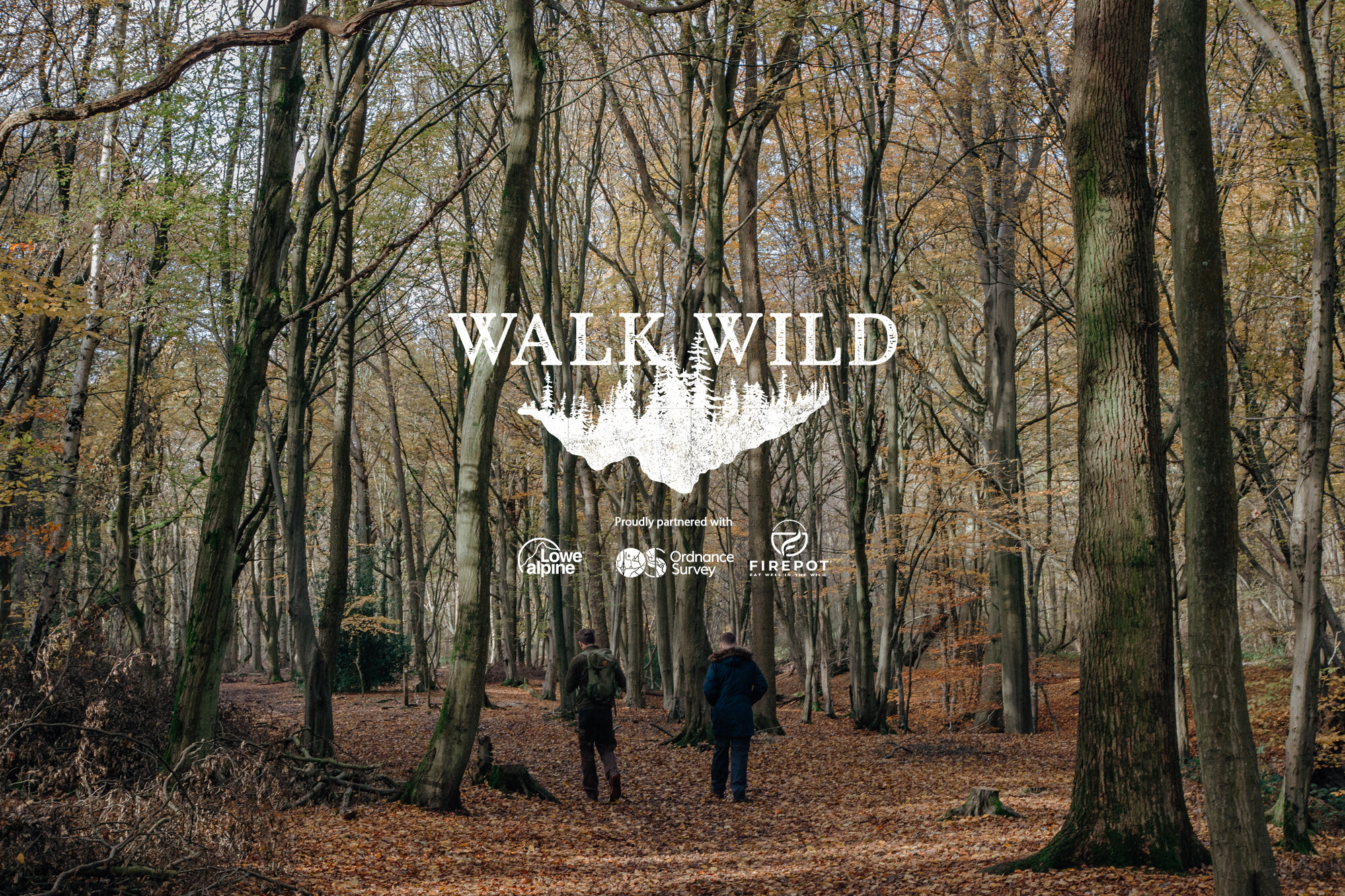Image by: Thom Neish
When done respectfully, Wild Camping is one of the most beautiful and authentic ways to connect to the landscape and the cycle of the seasons. With nostalgia still intact, a few of us may have camped as children with the encouragement of parents along with brothers and sisters on a great British summer holiday. Where others may have even attended scouts or guides, fostered valuable outdoor skills and earnt colourful and embroidered badges of merit for shelter building and fire lighting. Those moments as children remind us of freedom and of days less complicated and it’s quite possible that those children are camping as adults and grandparents today, inspiring the next generation as they once did to the power of nature and the outdoors, by passing on their knowledge and appreciation.
Today, wild camping in the UK can seem a daunting experience. As technology and confidence grows, we are pushing further into quieter and more remote corners in search of the sunrise or an infinite sunset, yet it doesn’t have to be that way as adventure, to all of us, is relative. Once we have searched, planned and sought the correct permissions or otherwise what really counts and matters, wherever you’re located, is the visceral and rewarding experience of connection that comes with sleeping out in the elements.
Some of the most common questions I come across are when, where, legality, what to pack, how to collect water, what tent do I need and what about adverse weather, wind and rain? Yet one of the most important questions we should first ask is..why?
Image by Jamie Barnes
Why go Wild Camping and what are the benefits?
In our rhythm and rush lifestyles, there has never been a better time to reconnect with nature. During the onslaught of the ongoing pandemic, we have been confined to the borders of our homes and local landscapes and not the geographic or global ones we once knew. These restrictions have inadvertently giving us a fresh perspective and appreciation towards our relationship to nature and our DNA level drives to explore. Now, more than ever we agree that time in nature is not only for challenge and fun, but for healing and reconnection.
As an example, Wild Camping can build self-sufficiency and resilience. Adverse weather, rain or snow will give you a new perspective and respect into the power of nature and the elements. As a result, we’ll actively feel, process and absorb those elemental forces of cold and wind, creating a much more memorable experience. Rationing and collecting water will provide an appreciation for something so readily available and so under-appreciated, especially on hot days. Spending long nights out will not only connect you to your natural circadian rhythm but give you the opportunity to view stars and constellations sometimes not viewable in the night sky due to the afterglow of big cities, towns and streetlights. Fundamentally, as you sleep closer to the earth, wild camping can ground you energetically and physically in ways you never thought possible.
Most importantly, wild camping can helps us connect to the present moment by breaking away from the overstimulating social and technological pressures of modern life. As a result, mental health can improve, anxiety and stress can fade as will the signal to our smartphones the deeper we go into the landscape. If not alone, you’ll work together to find suitable and safe places to sleep, help each other boil water for food, shape and build your tents and look out for each other’s interests and happiness as you go. By doing this you can develop leadership and self-confidence whilst strengthening friendships and bonds weaved together by stories around the bubbling water of on stove or in the morning haze after wind ravaged night.
The “why” of wild camping is about adding, not subtracting. Adding more of nature, quietness, challenge and reconnection – These are the things that not only enrich, heal and strengthen our connection with nature, but to our friends and families alongside us.
The how and where comes next…
To secure a place on our 2 Day Cotswolds UK Wild Camp click here: Wild Camp
















